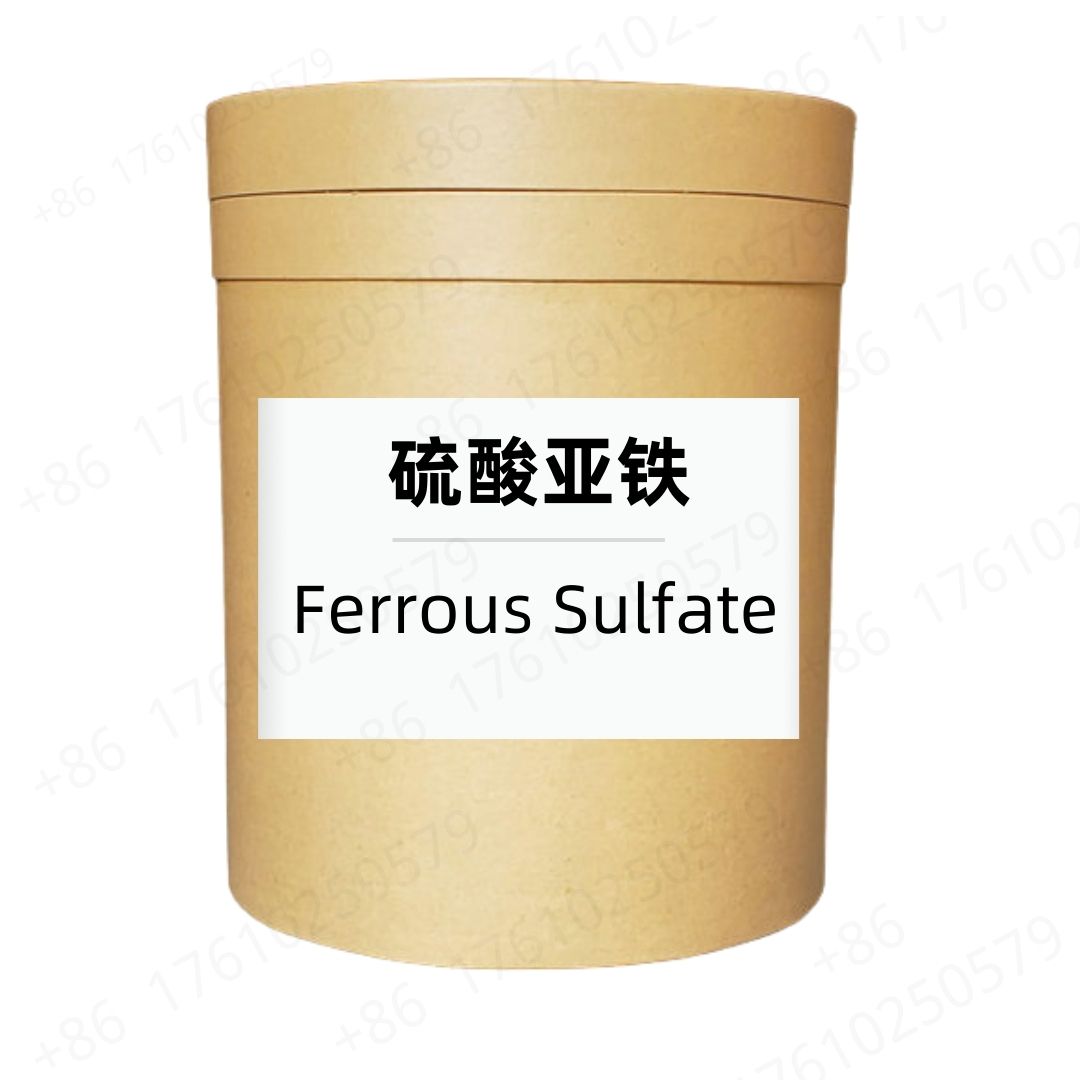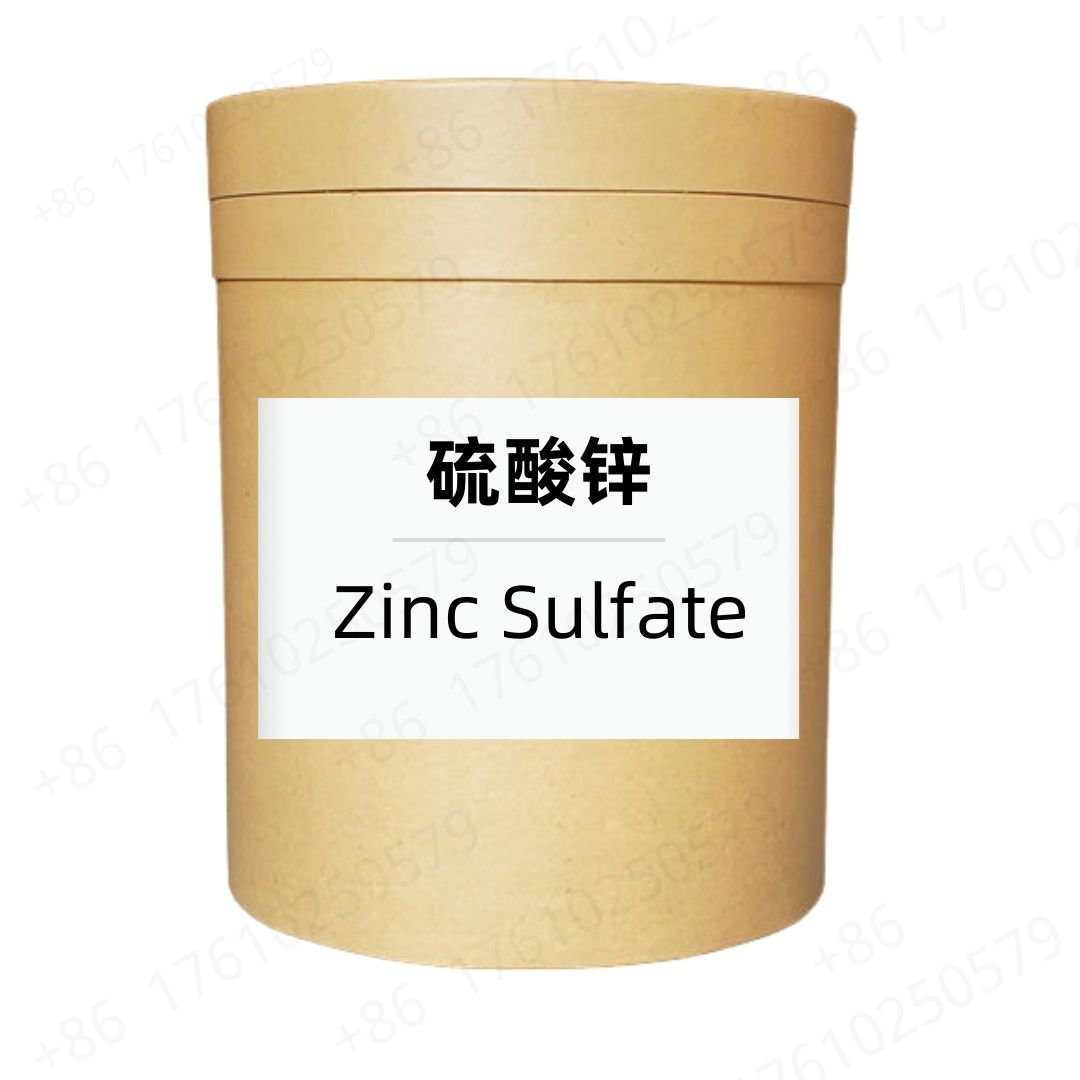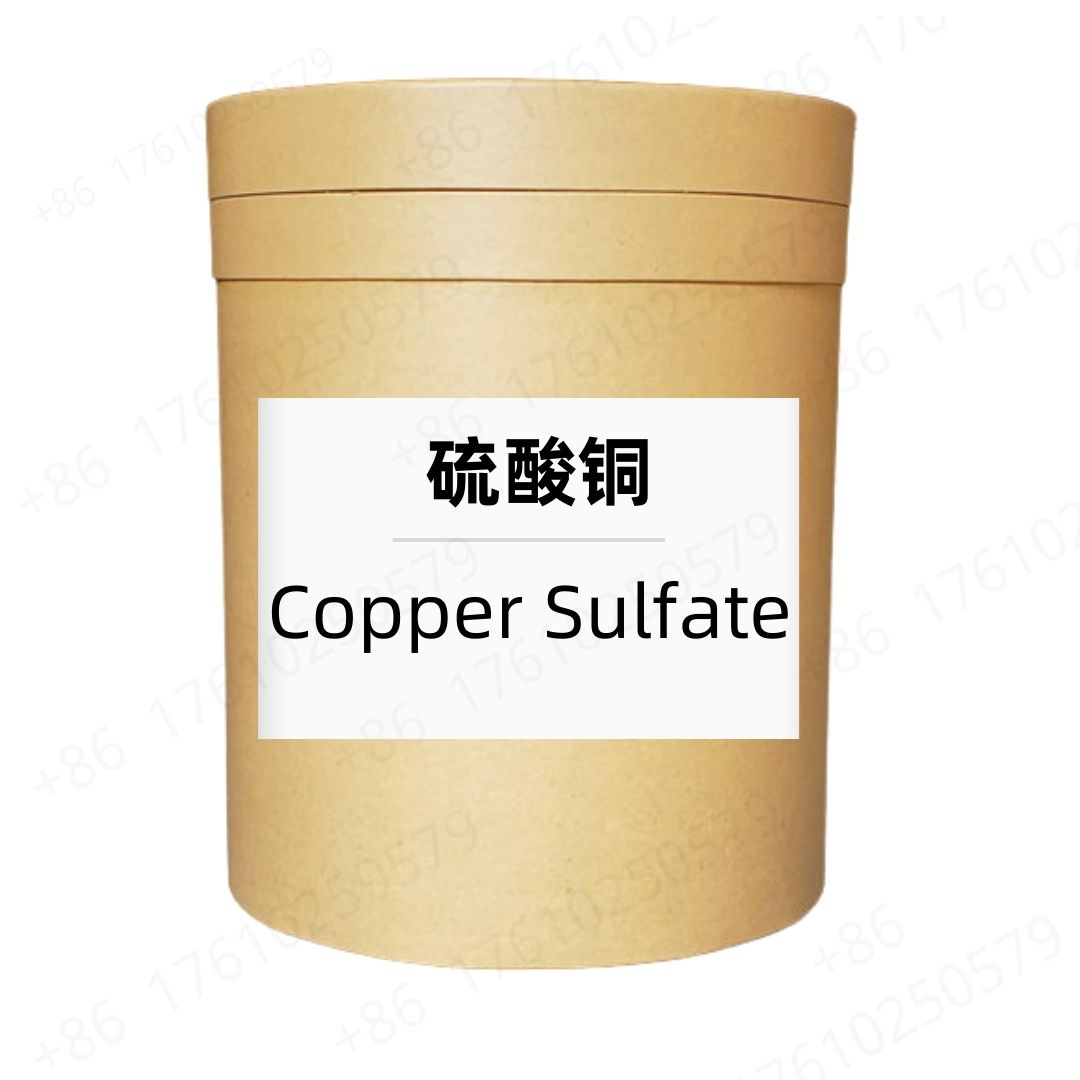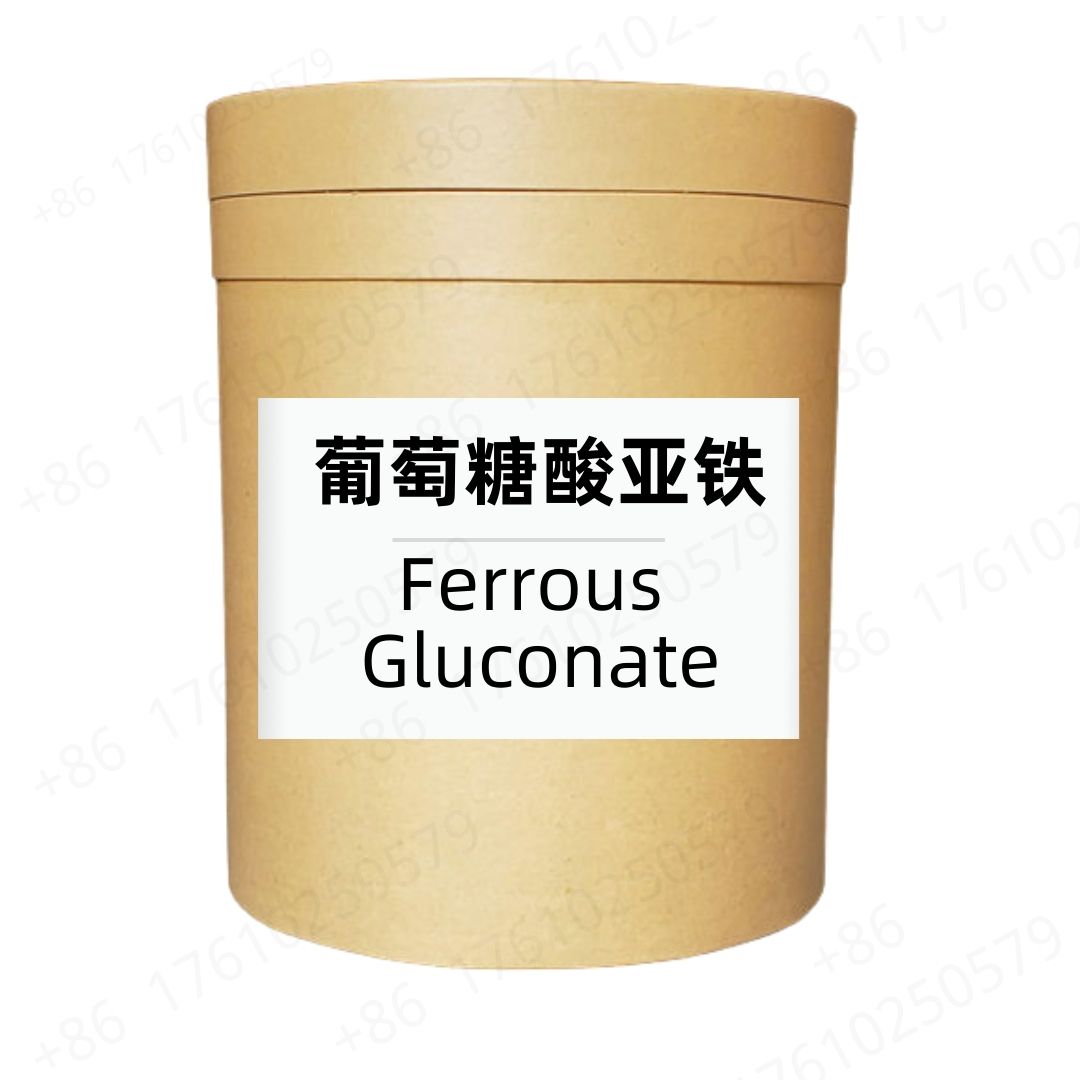Product Introduction
Copper carbonate is a chemical compound with the formula CuCO₃, recognized for its vibrant green color and unique properties. This inorganic compound is not only a source of copper but also plays a significant role in various industrial applications. It can be found naturally in the environment, often in the form of malachite, which is a green mineral used historically as a pigment and in jewelry.
Production Process
Copper carbonate is typically produced through the reaction of copper salts, like copper sulfate, with sodium carbonate in an aqueous solution. This reaction leads to the precipitation of copper carbonate, which can then be filtered, washed, and dried. The process is often performed under controlled conditions to ensure the purity and quality of the final product.
Product Functions and Effects
Copper carbonate serves several functions across different fields. In agriculture, it acts as a fungicide, helping to protect plants from fungal infections. In the chemical industry, it is an essential raw material for the synthesis of other copper compounds. It also provides color and stability when used as a pigment in ceramics and glass, enhancing aesthetic appeal and durability.
Product Application Scenarios
Copper carbonate is commonly used in the manufacture of ceramic glazes where it contributes to color and texture. In metallurgy, it serves as a precursor for producing copper metal and other copper alloys. Additionally, it finds uses in various laboratory applications, including analytical chemistry and as a reference material.
Packaging and Storage
Storage Conditions: Store in a sealed, light-proof container, away from high temperatures, in a dry, cool, and well-ventilated place.
Packaging: Bulk: 25kg/fiber drum; Sample: 1kg/aluminum foil bag; Custom packaging available upon request.
Shipping Methods: FedEx, DHL, dedicated logistics, and sea freight consolidation.
Shelf Life: Two years
Monica Sun possesses extensive technical expertise and market insights in the food additives industry. She excels in designing efficient and safe additive formulations tailored to various food applications, ranging from sweeteners to functional dietary fibers. Monica has successfully assisted food manufacturers in optimizing ingredient combinations to enhance product quality and improve consumer satisfaction.















